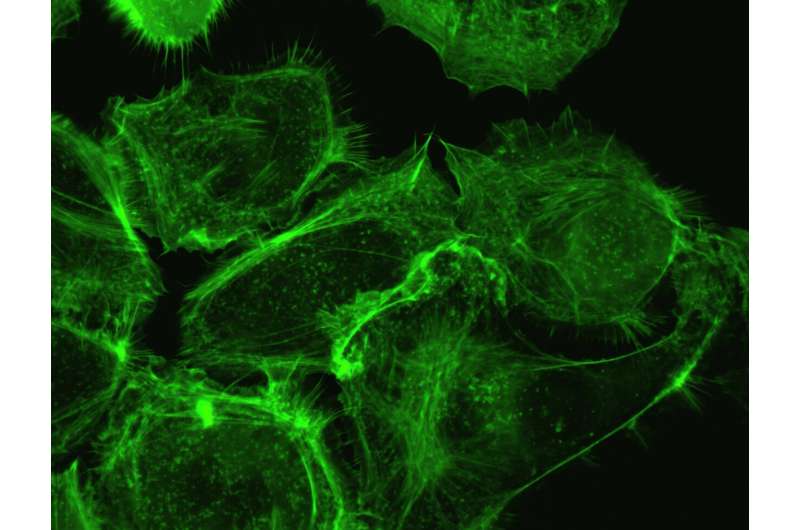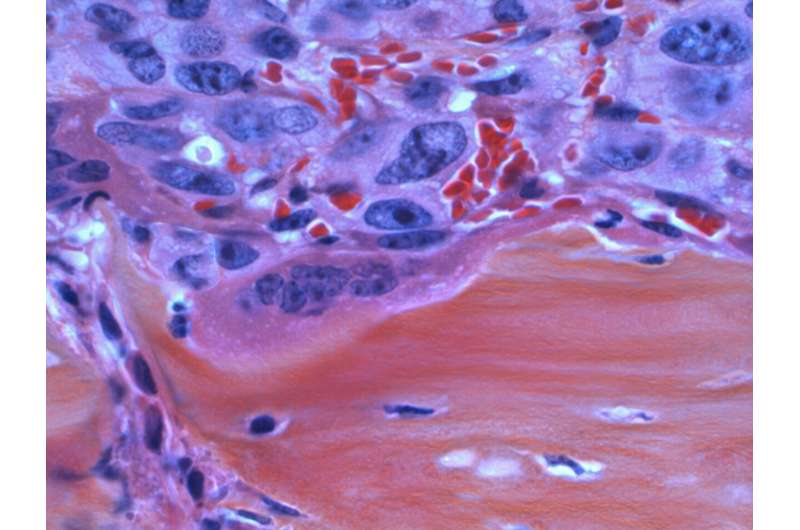Innovative Visualization Technique Sheds Light on Breast Cancer Cell Movement and Opens New Therapeutic Possibilities

A new imaging tool called Illusia allows scientists to observe breast cancer cell migration in real time, revealing promising new targets for preventing cancer spread and metastasis.
Recent advancements in imaging technology have led to the development of a novel visualization tool that enhances our understanding of breast cancer cell migration. This breakthrough allows scientists to observe signaling dynamics within living cancer cells, which was previously extremely challenging due to the complex and invisible nature of cellular communication networks. The new tool, named Illusia, utilizes a special fluorescent probe to reveal how cancer cells respond to various signals during metastasis.
A recent study published in Nature Cell Biology by researchers from the University of Turku, Finland, led by Professor Johanna Ivaska and Dr. James Conway, highlights the significance of this innovation. They used Illusia to explore the behavior of breast cancer cells, particularly focusing on how signaling pathways regulate their invasive capacity. One key discovery was the role of the protein phosphatase Shp2, also known as 'Ship two,' which appears to be a crucial regulator of cancer cell interactions with surrounding tissues during metastasis.
Understanding how cancer cells migrate is essential because this process underpins the spread of tumors to other parts of the body, making it the most lethal aspect of cancer. Currently, there are no therapies that specifically block cancer cell migration or invasion. However, this research suggests that existing drugs in clinical trials targeting growth pathways may also be effective in preventing the dissemination of breast cancer.
The researchers emphasize that since cell movement is vital for cancer progression, inhibiting this process could offer a new therapeutic avenue. They also note that the tools and insights gained from this study are likely applicable to other solid tumors, broadening the implications of their findings.
The development of the colorful probes like Illusia is inspired by pop culture and Finnish folklore, symbolizing a vibrant approach to addressing serious medical challenges. The team is now investigating how these discoveries can inform new treatments and strategies to limit cancer spread, thereby improving patient outcomes.
This innovative visualization method not only deepens our understanding of the cellular mechanisms underlying metastasis but also paves the way for targeted therapies that could ultimately curb the progression of breast cancer and other solid tumors.
Stay Updated with Mia's Feed
Get the latest health & wellness insights delivered straight to your inbox.
Related Articles
Effective Strategies for Preventing Falls in Aged Care Homes: A Holistic Approach
A recent study from Flinders University reveals that personalized exercise, nutrition, and environmental assessments significantly reduce falls among elderly residents in care facilities. A holistic approach involving staff support and tailored programs enhances safety and independence.
New Insights into Why Influenza Poses Greater Risks for the Elderly
A groundbreaking study uncovers how elevated ApoD protein levels in the lungs impair immune responses, explaining why flu is more severe in older adults and offering new therapeutic targets to reduce mortality.
Artificial Intelligence Enhances Pathologists' Interpretation of Tissue Samples
A groundbreaking study shows AI's significant role in improving the accuracy and consistency of tissue sample analysis in melanoma diagnosis, paving the way for enhanced clinical pathology.



